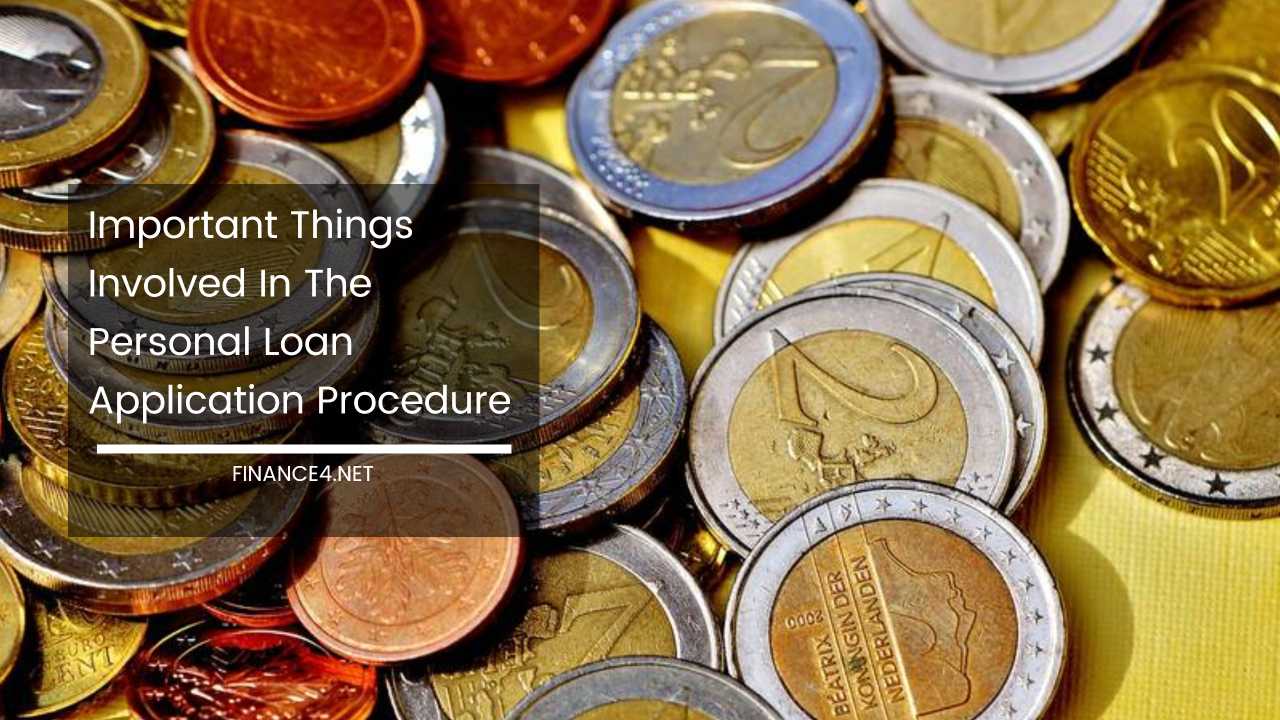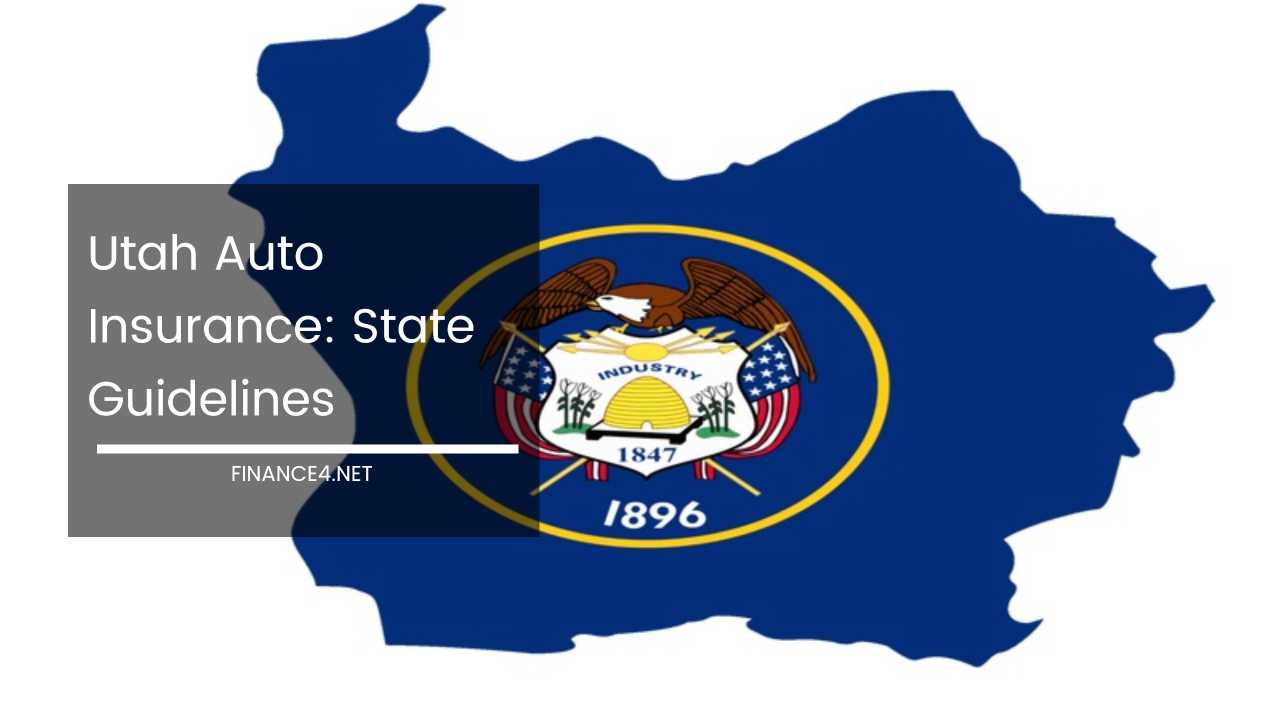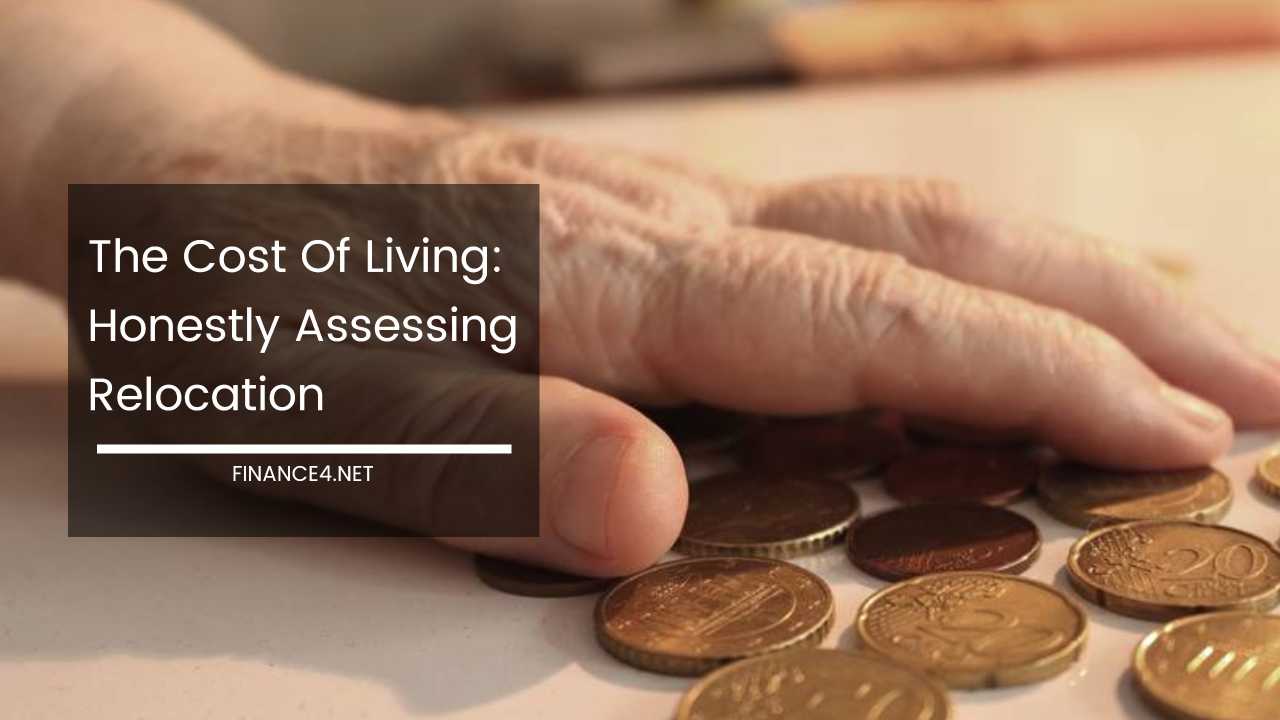Get Out of Debt for Good: A Proven 10-Step Plan

Conquering Your Debt: A Comprehensive Guide to Financial Freedom
Debt. It’s a four-letter word that can send shivers down anyone’s spine. The burden of debt can feel overwhelming, limiting your financial options and casting a shadow over your future.
But take a deep breath – freedom from debt is absolutely achievable! This comprehensive guide will equip you with the knowledge and strategies you need to develop a winning plan, chip away at your debt, and ultimately achieve financial liberation.
Step 1: Diagnose Your Debt – Face the Numbers Head-On
Before you can tackle a monster, you need to understand its anatomy. The same goes for debt. Before diving into repayment strategies, take a clear-eyed look at your current financial situation. Gather all your financial statements, credit card bills, and loan documents. Here’s what you’ll be uncovering:
- Debt Inventory: Create a comprehensive list of all your debts, including the type of debt (credit card, student loan, car loan, etc.), the creditor’s name, the total amount owed, and the current interest rate.
- Interest Rate Analysis: Pay close attention to the interest rates. High-interest debt, like credit card debt, can quickly spiral out of control due to compounding interest. Understanding which debts are costing you the most will be crucial in determining your repayment strategy.
- Minimum Payment Assessment: Review the minimum payments required for each debt. This will give you a baseline understanding of your current monthly debt obligations.
Step 2: Stop the Debt Avalanche – Break the Cycle of Borrowing
The first step to getting out of debt is to stop digging the hole deeper. This means putting an end to all unnecessary borrowing. Here’s what you need to do:
- Credit Card Freeze: Consider temporarily freezing your credit cards. This will prevent impulsive purchases and make it harder to accumulate new debt.
- Unsubscribe from Temptations: We’re bombarded with marketing emails and social media ads that trigger our desire to spend. Unsubscribe from these and avoid situations that tempt you to overspend.
- Embrace Cash or Debit: Make a conscious effort to shift your spending habits towards cash or debit cards. This forces you to be mindful of your spending because you can’t overspend what you don’t have readily available.
Step 3: Craft Your Budget – Your Roadmap to Financial Freedom
A budget is your financial roadmap, guiding you towards your debt-free destination. Here’s how to create a realistic and effective budget:
- Track Your Expenses: For a month, meticulously track all your income and expenses. Analyze your spending patterns and identify areas where you can cut back. Every penny counts!
- Categorize Expenses: Divide your expenses into categories like housing, transportation, groceries, utilities, entertainment, and debt payments. This will help you visualize where your money is going.
- The 50/30/20 Rule: A popular budgeting strategy is the 50/30/20 rule. Allocate 50% of your income towards essential needs like housing and food, 30% towards wants and entertainment, and the remaining 20% towards debt repayment and savings.
Step 4: Choose Your Weapon – Selecting the Right Debt Repayment Strategy
There are two main strategies for tackling debt: the snowball method and the avalanche method. Here’s a breakdown of both to help you choose the one that aligns with your financial goals and personality:
- The Snowball Method: This method prioritizes paying off the debt with the smallest balance first, regardless of interest rate. This approach provides a sense of accomplishment as you quickly eliminate smaller debts, which can boost your motivation and morale.
- The Avalanche Method: This method focuses on paying off the debt with the highest interest rate first. This approach saves you the most money in interest charges over time. However, it can take longer to see smaller debts disappear, which might be discouraging for some.
Step 5: Unleash the Snowball Effect – Conquer High-Interest Debt First (Snowball Method)
If you choose the snowball method, here’s how to unleash its power:
- List Your Debts: List all your debts in order of smallest balance to largest.
- Focus on the Smallest: Channel all your extra cash towards paying off the smallest debt on your list, while making minimum payments on all other debts.
- Celebrate Each Victory: Once you’ve paid off the smallest debt, celebrate your achievement! This will keep you motivated.
- Roll the Payment: Take the payment you were making on the smallest debt and add it to the minimum payment of the next smallest debt on your list. This snowball effect allows you to pay down debts faster and faster, just like a snowball rolling downhill gains momentum and size. This approach helps you eliminate debts quicker and frees up even more money to tackle the remaining ones. It provides a sense of accomplishment as you see visible progress, which can be a powerful motivator to stay on track and conquer your debt completely.
- Maintain Momentum: As you eliminate debts one by one, the amount you can put towards remaining debts increases. This accelerates your progress and keeps you motivated.
Step 6: Ride the Avalanche – Tackle High-Interest Rates First (Avalanche Method)
If you choose the avalanche method, here’s how to maximize your savings:
- List Your Debts: List all your debts in order of highest interest rate to lowest.
- Target the Highest Rate: Focus on paying off the debt with the highest interest rate first, while making minimum payments on all other debts.
- Celebrate Milestones: Track your progress and celebrate milestones, such as paying off a significant portion of the high-interest debt.
- Debt Elimination Focus: Remain focused on eliminating the high-interest debt as quickly as possible. Once it’s gone, move on to the next highest interest rate debt on your list.
Step 7: Build Your Financial Fortress – Create an Emergency Fund
Life is full of surprises, and unexpected expenses like car repairs or medical bills can derail your debt repayment plan. That’s why building an emergency fund is crucial. Aim to save 3-6 months’ worth of living expenses. Here’s how to get started:
- Start Small: Even small contributions consistently set aside can create a significant buffer. Begin with a manageable amount you can comfortably allocate each month.
- Automate Savings: Set up automatic transfers from your checking account to your emergency savings account. This ensures consistent progress and removes the temptation to spend that money elsewhere.
- Multiple Savings Accounts: Consider having separate savings accounts for your emergency fund and specific financial goals (vacation, down payment). This helps you visualize and prioritize your savings objectives.
Step 8: Cultivate Financial Security – Prioritize Savings
Once you’ve conquered your debt mountain, resist the urge to splurge. Develop a habit of regular saving. Here’s how to make saving a priority:
- Review Your Budget: Revisit your budget and adjust it to reflect your debt-free status. Allocate a specific percentage of your income towards savings goals.
- Pay Yourself First: Treat your savings like a bill. Set up automatic transfers to your savings account on payday, ensuring you pay yourself first before you start spending.
- Explore Savings Options: Research different savings options like high-yield savings accounts or certificates of deposit (CDs) to maximize your return on your savings.
Step 9: Accelerate Your Homeownership Journey – Pay Down Your Mortgage
The extra cash you were previously paying towards your debts can now be directed towards accelerating your home loan repayment. Here’s how to unlock the benefits:
- Increased Payments: Increase your monthly mortgage payment to reduce the principal amount owed faster. This will save you a significant amount of money in interest over the life of the loan.
- Lump Sum Payments: Consider making lump sum payments towards your mortgage whenever you have extra money available, such as a tax refund or bonus.
- Explore Refinance Options: Research mortgage refinance options to potentially secure a lower interest rate. This can further accelerate your home loan repayment and save you money.
Step 10: Embrace Financial Freedom – Maintain Healthy Habits
Debt repayment is a journey, not a destination. Once you’ve achieved financial freedom, it’s important to maintain healthy financial habits to avoid falling back into debt:
- Regular Budget Reviews: Schedule regular reviews of your budget to ensure your spending aligns with your income and financial goals.
- Track Your Progress: Monitor your progress towards your financial goals. Celebrate milestones and adjust your strategies as needed.
- Continue Saving: Maintain your commitment to saving. This financial security net will protect you from unexpected events and allow you to pursue future aspirations.
Remember: Getting out of debt is a marathon, not a sprint. There will be setbacks and moments of discouragement. However, with perseverance, a well-defined plan, and smart financial decisions, you can achieve financial freedom and unlock a world of possibilities. You’ve got this!



